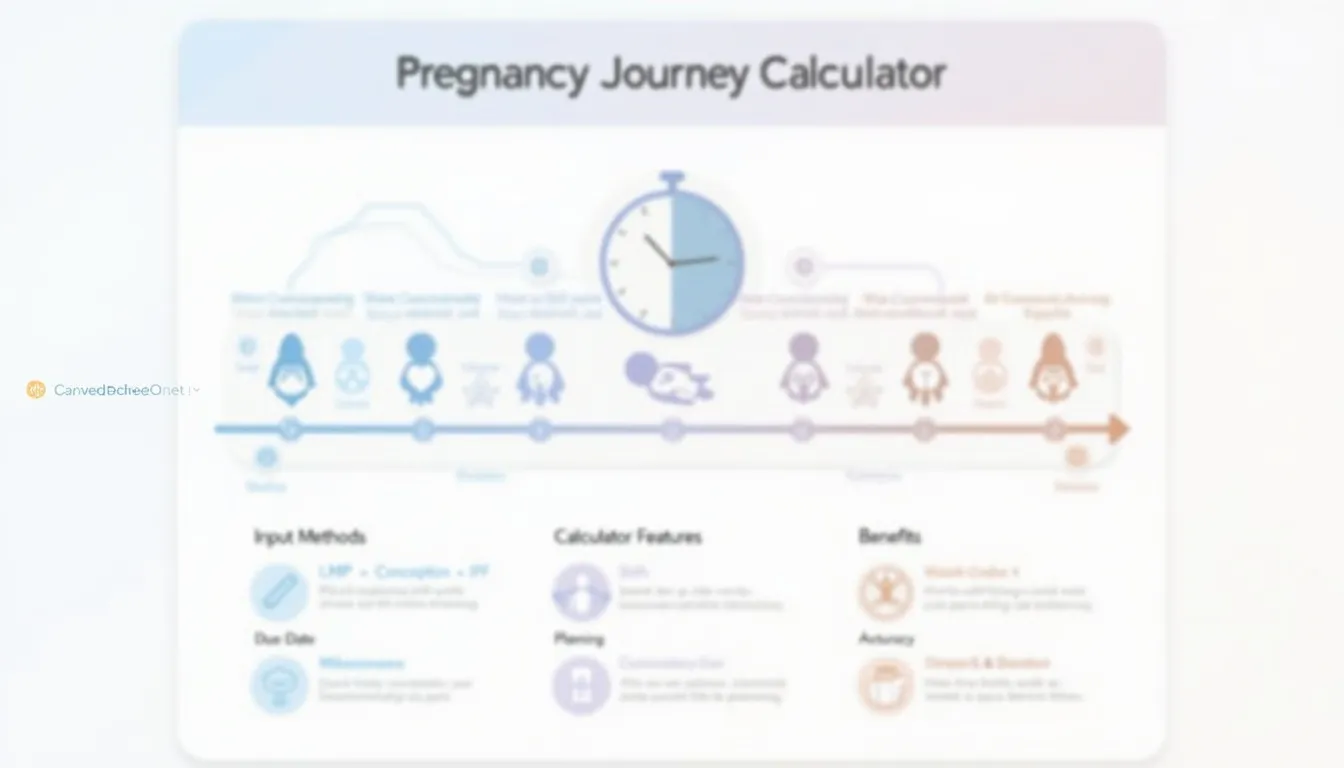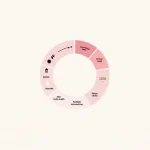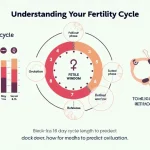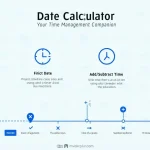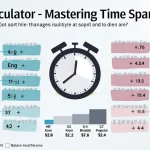Is this tool helpful?
How to use the tool
Step 1 – Choose the date you know
- Last Menstrual Period (LMP) – e.g., 2 February 2024 or 17 June 2023.
- Conception date – e.g., 12 April 2024 or 1 September 2023.
- IVF embryo-transfer date – e.g., 8 May 2024 (day-5 blastocyst) or 20 November 2023.
Step 2 – Add your average cycle length
The default is 28 days; type any whole number 20-45. Examples: 25, 33.
Step 3 – Press “Calculate” and read
- EDD (estimated due date)
- Gestational age in weeks + days
- Estimated conception date
- Trimester and fetal-development highlight
Behind-the-scenes math
For LMP input the tool applies Naegele’s rule:
$$\text{EDD}= \text{LMP}+280\;{\text{days}}+(\text{Cycle length}-28).$$
Conception mode subtracts 14 days to find LMP; IVF mode subtracts 17 days (ASRM, 2020).
Worked examples
Example A – LMP & 30-day cycle
- Input: LMP 6 Jan 2024; cycle 30.
- EDD = 6 Jan 2024 + 282 days = 14 Oct 2024.
- Conception ≈ 20 Jan 2024.
Example B – Known conception date
- Input: Conception 2 Apr 2024.
- Back-dated LMP = 19 Mar 2024.
- EDD = 19 Mar 2024 + 280 days = 24 Dec 2024.
- Gestational age on 30 Apr 2024 = 6 weeks 0 days.
Quick-Facts
- Average human pregnancy = 280 days from LMP (ACOG, 2017).
- Normal menstrual cycles range 21-35 days (Mayo Clinic, 2023).
- IVF calculations subtract 17 days for day-5 transfers (ASRM, 2020).
- First, second, third trimesters start at weeks 0, 13, 27 respectively (WHO Antenatal Guidelines, 2016).
FAQ
What formula does the calculator use?
It relies on Naegele’s rule—LMP plus 280 days—and adds or subtracts the difference between your cycle and the 28-day norm (ACOG, 2017).
How is gestational age counted?
The tool measures completed weeks and extra days from the calculated LMP to today’s date, matching clinical obstetric practice (Rasmussen et al., 2021).
Why subtract 14 days for conception input?
Ovulation happens about 14 days before the next period in a 28-day cycle; backdating aligns conception with a synthetic LMP to keep calculations consistent (Mayo Clinic, 2023).
How is IVF different?
Embryos are five days old at transfer (blastocyst stage); guidelines therefore deduct 17 days to create an equivalent LMP, then add 280 days to reach EDD (ASRM, 2020).
How accurate is the estimated due date?
Only 4 % of babies arrive exactly on the EDD, but 90 % come within two weeks either side (ACOG, 2017).
When does each trimester begin?
First trimester: weeks 0-12; second: weeks 13-26; third: week 27 to birth (WHO Antenatal Guidelines, 2016).
What fetal milestones appear in the results?
Implantation (<4 weeks), heartbeat (≈6 weeks), organogenesis complete (≈12 weeks), quickening (18-20 weeks) and full term (≥37 weeks) are flagged (Moore & Persaud, 2020).
Is any personal data stored?
No; all calculations run client-side in your browser and disappear when you reload the page.
Important Disclaimer
The calculations, results, and content provided by our tools are not guaranteed to be accurate, complete, or reliable. Users are responsible for verifying and interpreting the results. Our content and tools may contain errors, biases, or inconsistencies. We reserve the right to save inputs and outputs from our tools for the purposes of error debugging, bias identification, and performance improvement. External companies providing AI models used in our tools may also save and process data in accordance with their own policies. By using our tools, you consent to this data collection and processing. We reserve the right to limit the usage of our tools based on current usability factors. By using our tools, you acknowledge that you have read, understood, and agreed to this disclaimer. You accept the inherent risks and limitations associated with the use of our tools and services.
